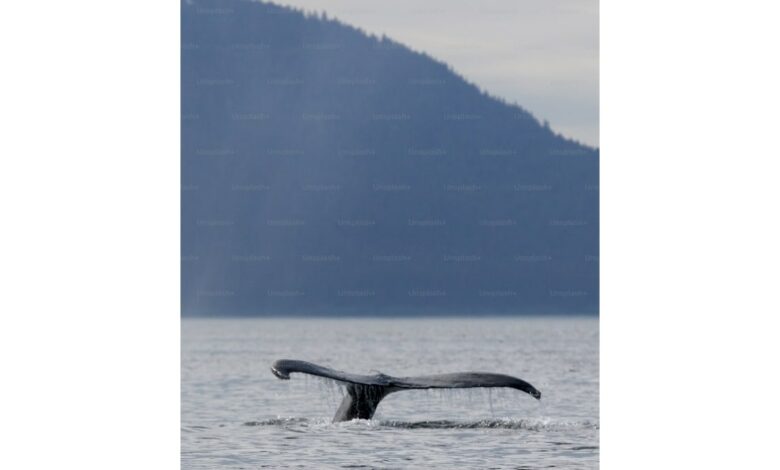The world’s largest ocean predator-prey event captured off the coast of Norway

A monumental predator-prey event in Norwegian coastal waters has captured the attention of scientists. It marks the largest observed marine feeding spectacle and highlights the significant dynamics in the food chain. Professor Nicholas Makris of MIT’s Department of Mechanical and Ocean Engineering, along with his team, witnessed this unprecedented event where huge schools of cod chased spawning capelin, reshaping the way scientists observe this fish behavior.
Capelin’s spawning journey and role in the ecosystem
Every February, billions of capelin, a small Arctic fish, migrate south from the Arctic ice edge to the Norwegian coast to spawn. These migrations play a crucial role, providing essential nutrition for seabirds, whales and predatory fish such as Atlantic cod, and maintaining balance within the Arctic ecosystem. During the spawning season, the cod takes over advantageby building up energy reserves that will sustain them until the next migration cycle. The delicate balance between predator and prey usually regulates itself naturally, but changes in this balance can have profound consequences.
Innovative Sonic Imaging Maps Fish Movement
Makris’ team used an advanced sonic imaging method called Ocean Acoustic Waveguide Remote Sensing (OAWRS) to observe these interactions on a large scale. This technology projects sound waves deep underwater to map fish populations in real time over long distances. Anticipating previous techniques, they also used multispectral acoustic maps, which distinguish fish species by identifying their unique swim bladder resonances. For example, cod and capelin emit different resonant sounds, making it possible to distinguish them within large schools.
Unprecedented predator-prey formation observed
On February 27, 2014, the capelin began moving in loosely formed clusters near the coast. As dawn approached, the capelin gathered in a dense school, which stretched over six miles and collected about 23 million fish. In response to this move, nearly 2.5 million cod formed their own school, approached the capelin and consumed an estimated 10 million fish in hours. Shortly after this event, the formations dissolved and the fish dispersed.
Climate change concerns for marine populations
The implications of such large-scale predation events raise questions about the sustainability of marine species. Makris pointed out that as Arctic ice continues to retreat, capelin must make longer journeys to spawning grounds, which could increase their vulnerability. The study underlines how shifts in predator-prey dynamics due to environmental stress can have a significant impact on species central to marine ecosystems.




